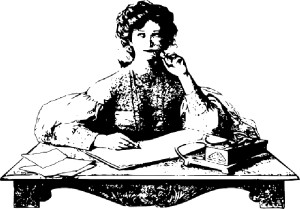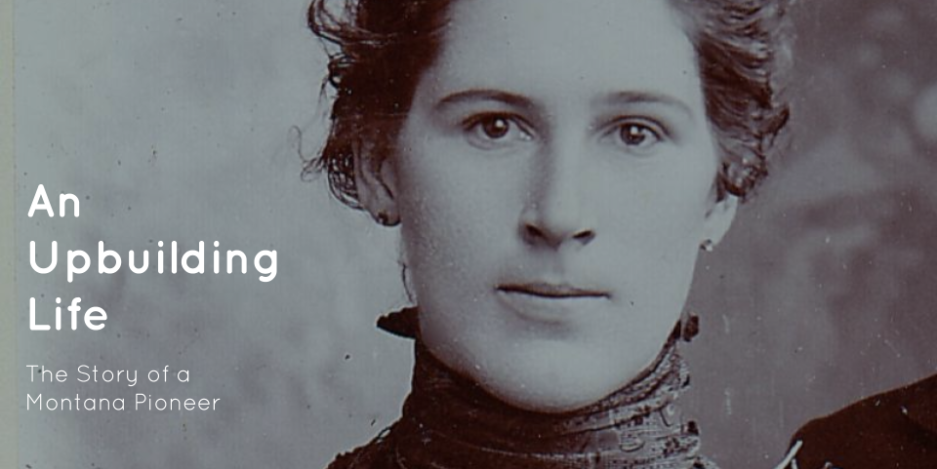 Journal #1, January 1, 1931
Journal #1, January 1, 1931
Had a heavy flurry of snow. Ben Atwater died of heart failure.
I did a little research in Ancestry regarding Ben Atwater and came cross a very interesting article from The Helena Independent dated October 22, 1939 about his wife, Dr. Mary B. Atwater. The article also offers information which possibly explains how Mary might have known this couple, or at least Dr. Atwater.
Here are some excerpts from the article.
October 22, 1939
It’s warm and sunny in Berkeley, Calif., these days but we wonder if that kindly and still dynamic woman—no well past 80—who lives down there ever lets her mind turn back to winter days and nights in Marysville when she, as a woman doctor in that roaring mining camp, saddled her horse more than once for wilderness forays to the home of someone who needed her. Probably Dr. Mary B. Atwater doesn’t think much about that for her mind was one which grappled constantly with the future instead of turning back to the past. But she was one who made Montana infinitely richer by her residence here.
. . . this woman became a doctor and the trail of medicine led her finally to Marysville in the early ‘80’s.[1. This would have been shorty after Mary arrived in Marysville in about 1879 as a one-year-old child.] A strange place for a woman doctor? Yes. But Montana’s women have never been afraid of the difficult way.
. . . there were hard trips to distant homes, homes of miners[2. Perhaps Dr. Atwater visited Mary’s home on more than one occasion?] and ranchers and woodcutters, which had to be made on horseback. Sometimes she virtually carried her office in a saddle bag. Once she was asked if she had not been afraid to make those difficult trips alone and often after dark. Characteristically she replied, “Of course not—I was a doctor.” In her mind there was no other thought.
. . . After coming to Montana she was married to Ben Atwater, an accountant, and had one daughter, Mrs. Hugh Barron, with whom she now resides in Berkeley.
. . . Dr. Atwater was one of the first to take up the cause of women’s rights in the earlier days in Montana. A suffragette but one who was interested in equal rights for women in all the term implies, she was not interested so much in that women should have the right to vote as they should have the right to be regarded (as they were then) as something more than chattel. She didn’t think it right that a woman should scrub floors all day and yet have the husband entitled to the wages. She fought for the day when women should have equal rights before the law with men. And now she’s seen it.
Yet we can’t fairly say she was interested in women only, for her interests were for humanity as well. It was she who, from a deep sense of medical necessity, knew there should be some institution to care for tubercular patients and who devoted much of her time and effort in aiding to establishing the Eleanor Walsh memorial building at Galen. Those who have been treated there owe that former Marysville doctor a far deeper debt that they know. She, so far as we know, was the first to approach Montana’s late Sen. T. J. Walsh on the idea.
That, in brief, covers some of the activities of this woman who was not afraid of a good fight in the open. She visited in Helena in 1938 the last time but says she’s coming back again next year. We hope she does. We think it will be pretty nice if she can visit once more the state and the women for which she did so much.
Source: Ancestry.com. Helena Independent, The (Helena Montana) [database on-line]. Provo, UT, USA: Ancestry.com Operations Inc. 2006.
I did an Internet search to see what else might pop up. And it turns out her granddaughter Mari Graña wrote a book about Dr. Atwater, which was published in 2005. The book, Pioneer Doctor: The Story of a Woman’s Work, is now on my “must read” list.
What a great story about a strong Montana woman! Reminds me of another strong Montana woman by the name of “Mary“.

